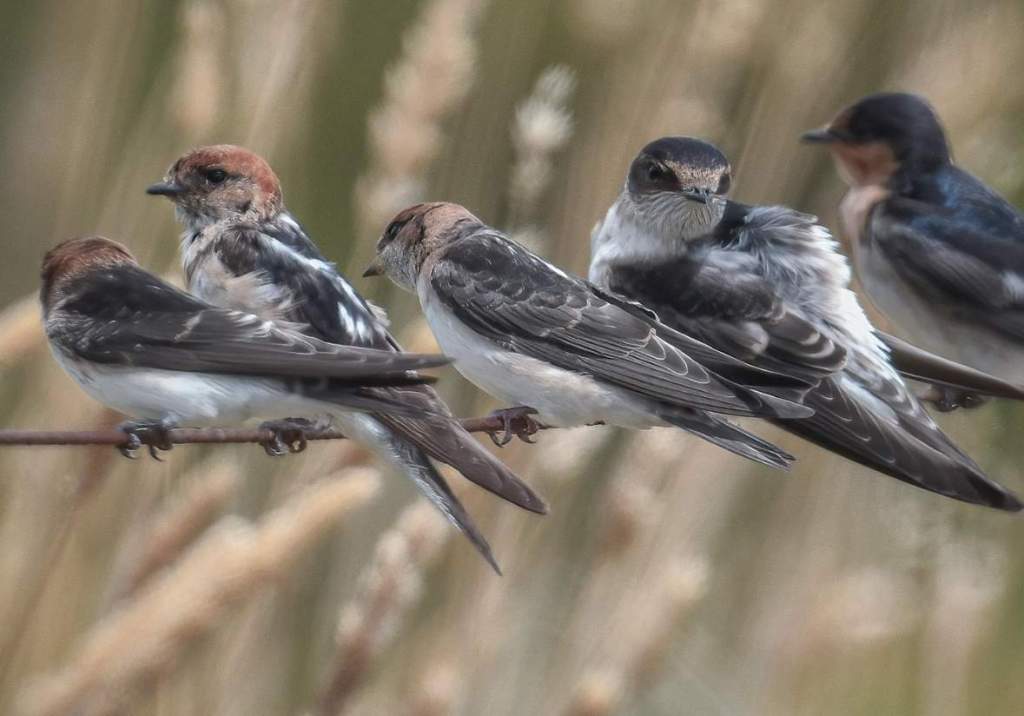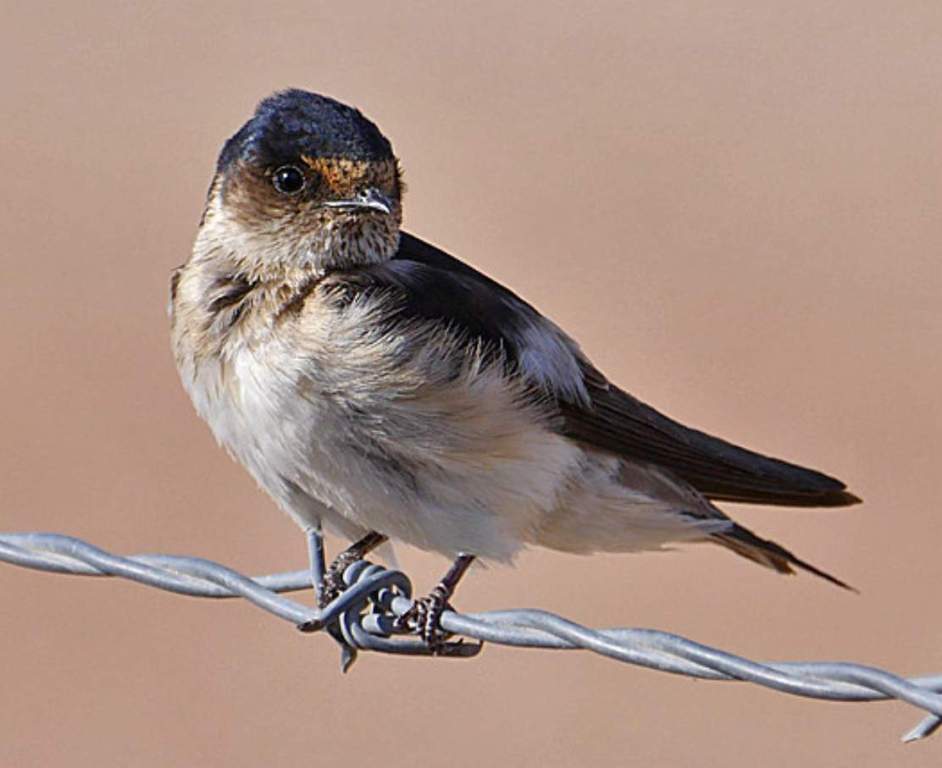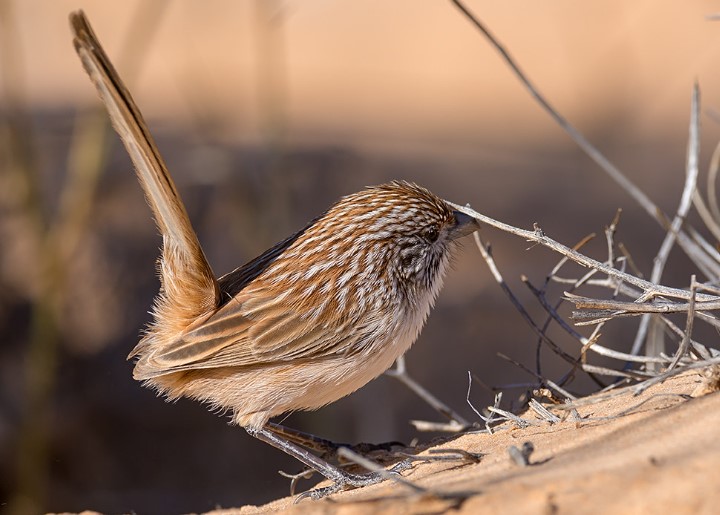Tree Martin (Petrochelidon nigricans) belongs to the family Hirundinidae, one of the few birds in Australia with a similar appearance to Swallows.
Habitat: The Tree Martin is probably the most common and widespread bird. It is primarily found in larger eucalyptical trees where it can roost and nest. It spends most of the day on its wings feeding above the treetops. In this situation, the Tree Martin often mixes with the Fairy Martin and the Welcome Swallow. It can be identified from the former, however, by its blue-black head and from the latter by its square tail and off-white rump.
Like them, the Tree Martin has a short but broad bill for catching insects on the wing. It also has long and pointed wings with only nine obvious primaries to power graceful, effortless flight, and glossed downy plumage that reduces friction in the air; swift-lets have similar plumage.
Tree Martins are adapted for life as aerial foragers like all swallows. Almost never landing on the ground other than to soak up the sun or pick up mud for nest-building, they go to trees only to rest, roost, and nest. Despite its small and weak feet, it is capable of grasping perches and little else. Aside from inept shuffling, they have no ability to move on their legs when landing to rest, fluttering gently up to a twig or wire for direct purchase with their feet, or plunging into hollow nesting or roosting spouts.

Migration: Tree Martins migrate to Australia. In spring they spread across all wooded parts of the continent south of the Tropic of Capricorn and to Tasmania to breed, frequenting large spreading trees near water. In autumn most-but not all-shift north. Large flocks then gather in open areas, sometimes perching in long lines on telegraph wires and fence lines. Many of these spread into northern Australia and others fly beyond to islands in the east Sunda arc.
Roosting: Communal roosting is spectacular. At dusk Tree Martins circle slowly around the treetops, their numbers swelling; then, as light fails, they dive vertically down, one by one, to disappear straight into a tree hole. This is a normal course of action during nesting. At other times they may prefer dense rushes in swamps and flocks of hundreds may dive to roost simultaneously.
Identification: Both sexes are similar. The crown to mid-back is glossed blue-black; the flight feathers are shallowly forked, and the tail is glossed blue-black. The rumps are off-white. Forehead buff. All underparts are dull off-white, with fine grey streaks on the throat. Eyes brown. Bills black. Feet are flesh-grey. Immature birds lack a dorsal gloss; the forehead is dull.

Diet: It also feeds on swarms of tiny insects that gather on water. It dives down to pick up insects floating on the surface.
Vocalizations: Tree Martin calls with a dry drrrt; they tweet clearly. The song is animated as it tweets, in flight, and from its perch.
Nest & Breed: Nesting and breeding occur in July-January; loosely colonial. Most nests are found in tree holes, but cliff holes, caves, and holes in city buildings also serve as nests. The base is usually lined with small dried leaves, feathers, and grass. Tree Martins nest in small holes and ledges inside trees, often colonially in several neighboring trees; sometimes a single entrance leads to several nest chambers. If the entrance is too large or nesting ledges inside a hollow trunk are too flat, the birds will shove and shape them with mud. The same nests are used year after year.
Eggs & Incubation: The birds lay, three to five; dull white, speckled with brown and mauve; oval, about 18 x 13 mm. The incubation period is about 15-16 days for both sexes.
Distribution: Throughout Australia, in wooded habitats. Migratory, ranging north to New Guinea, east to Solomons, and west to Timar and Moluccas in winter; stragglers to New Zealand.
Races: There are two races; one is large in Australia.
Alternative Names: It is also known as the Australian Tree Martin and Tree Swallow.
Size: The Tree Martin is approximately 120-130 mm long.
Read More – Masked Woodswallow (Artamus personatus)







